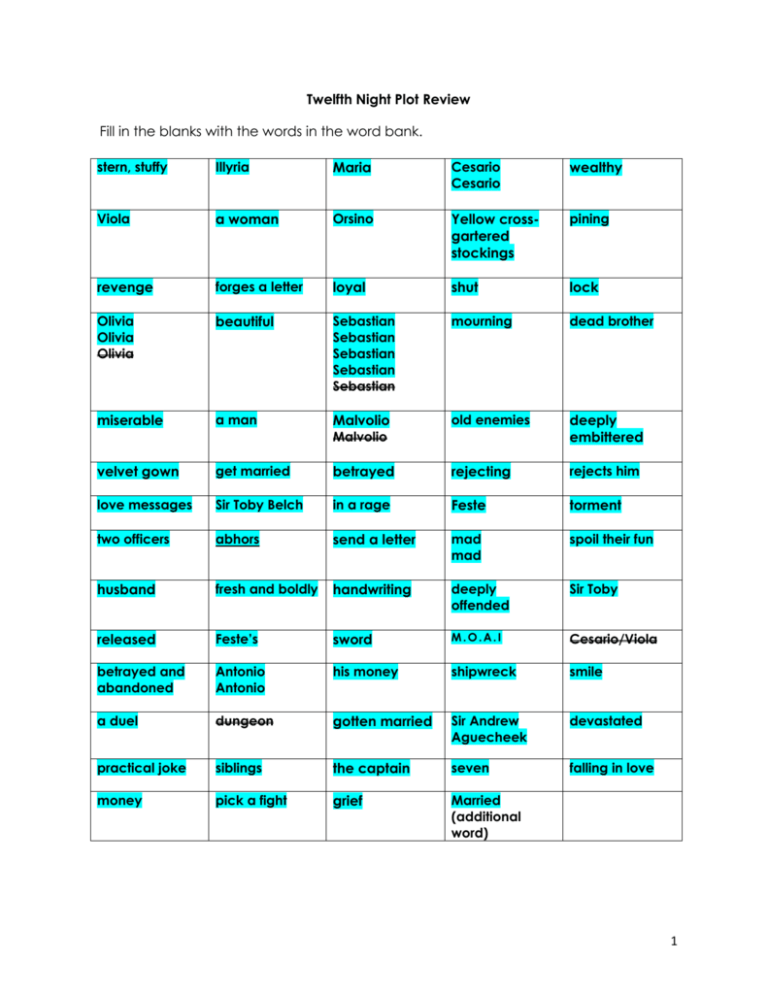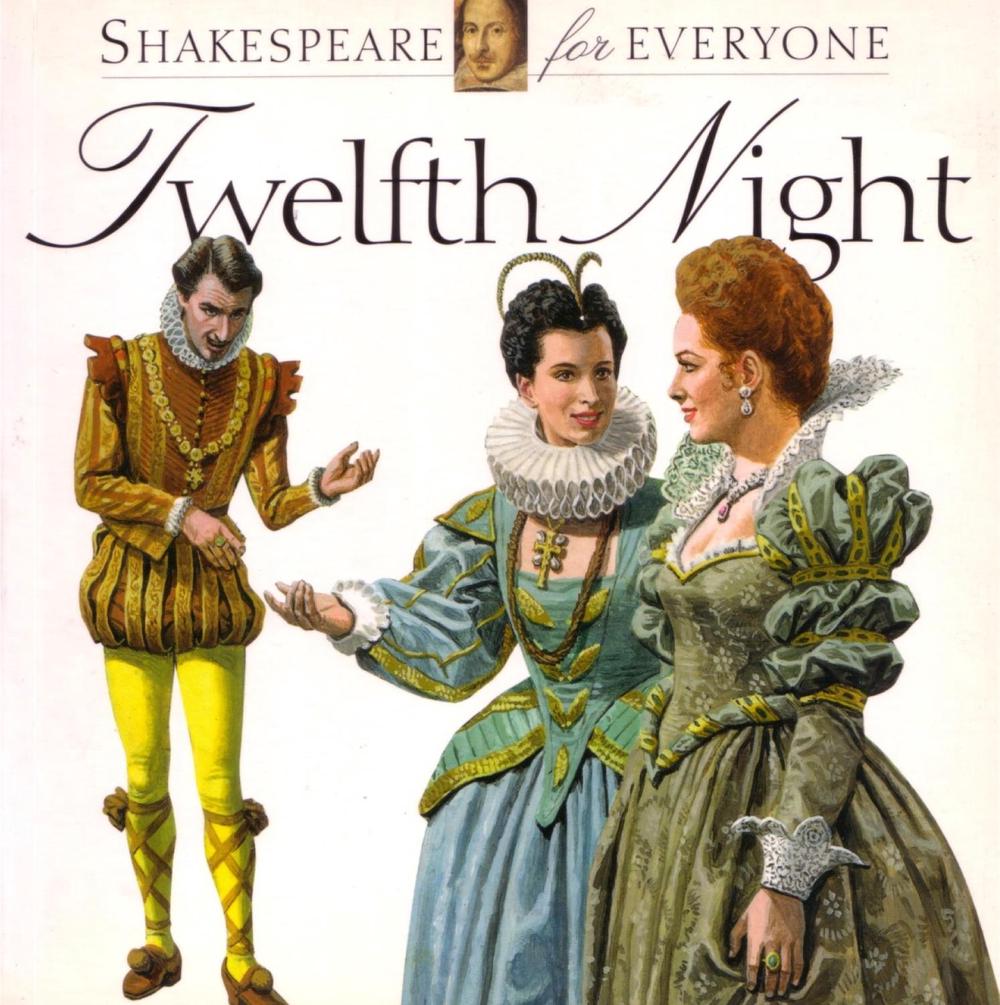


Les trois portes de Saint-Denis, le Portail Royal de Chartres n'ont pas été étudiés, l'auteur se bornant à proposer des hypothèses pour quelques ensembles, laissant volontairement de côté ceux pour lesquels il n'a, présentement, pas de solution à proposer. Un essai d'identification des statues-colonnes passe donc, obligatoirement, par l'étude des textes théologiques.Įxiste-t-il une corrélation entre la représentation des rois bibliques et l'ascension de la monarchie française accomplie au xne siècle en étroite liaison avec l'abbaye de Saint-Denis ? Textes et documents semblent le prouver. On sait, en outre, que les portails sont de vastes compositions anagogiques dont les programmes ne sont pas centrés sur l'Ancien Testament, mais ont toujours trait à la nouvelle Loi selon la doctrine typologique. Les Bénédictins du XVIIIe siècle, voyaient dans les figures des ébrasements des premiers portails gothiques, des rois de France les exégètes modernes y ont reconnu des héros bibliques en suggérant parfois un accord entre la royauté et le sacerdoce. The examination of how and why clothing and textiles are represented in sculpture can be an effective tool in the search for the meaning of medieval portal sculpture. The clothing of shepherds was distinct from that of landlords, and courtly matrons dressed differently from maidens.

Just as in the twenty-first century one can distinguish the cowboy in chaps, Levi’s and ten-gallon hat from the golfer wearing plus fours or the ambassador arriving from a fitting on Sav-ile Row, during the twelfth century clothing could signal social position and power. Rather than being represented wearing clothing copied from antique models, the column-figures appear to wear distinctive costumes of precious silks and finely-woven linens with embroidery or silk tapestry, as if elegantly garbed in contemporary courtly fashions. In the years between the 1130s and the 1160s, rows of column-figures appeared along the jambs of the doorways of churches in northern France.1 These overlifesize painted limestone statues arranged as if in receiving lines may provide the best possible information about the appearance of courtiers at the time of Louis VII (r.


 0 kommentar(er)
0 kommentar(er)
